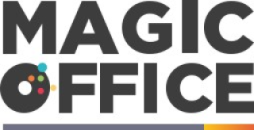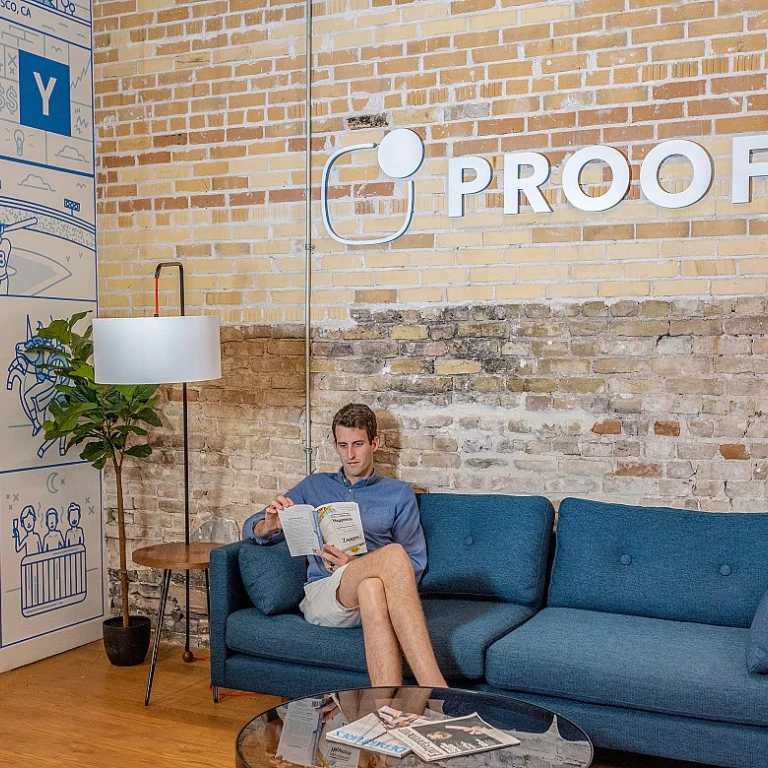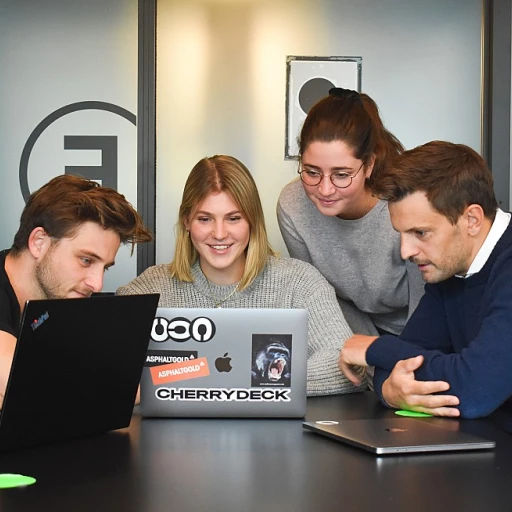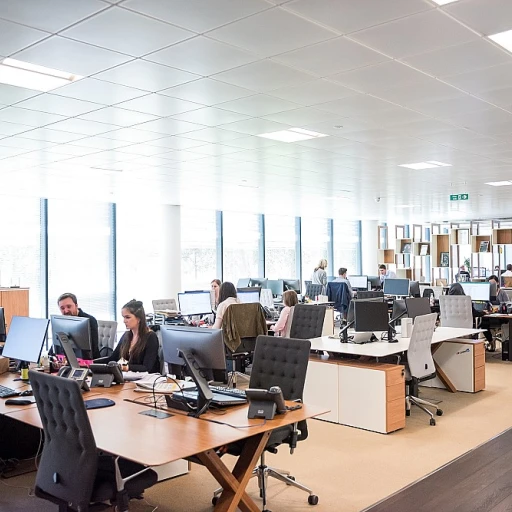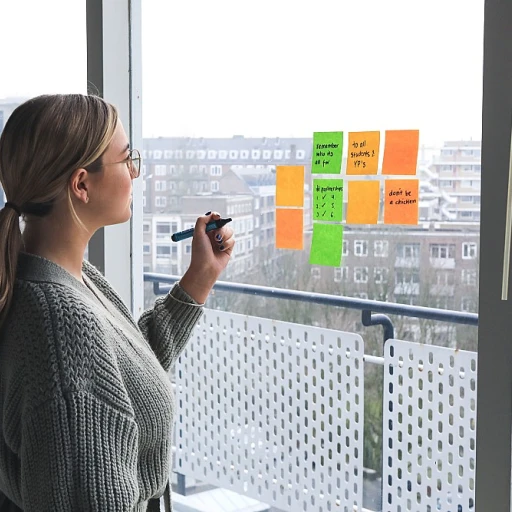
Understanding the Importance of Team Dynamics
Cultivating Effective Teamwork in the Workplace
Understanding team dynamics is crucial for enhancing the overall productivity and efficiency of any organization. Team members form the backbone of a company, and their ability to collaborate seamlessly can greatly influence the company culture and work outcomes. Effective team dynamics encourage open communication, trust, and a shared sense of purpose among team members. When people come together in a group setting, their unique skills and perspectives contribute to problem-solving activities. These interactions not only present varied solutions to challenges but also foster creativity and innovation in the work environment. Moreover, fostering a sense of unity within the team enhances team bonding, which is vital for building problem-solving skills. Activities such as team-building games, escape rooms, and murder mystery games can inject an element of fun while promoting communication skills. Incorporating regular team building activities allows for spontaneous, yet intentional, relationship building. These activities can range from short, virtual escape room sessions that last just a few minutes to more elaborate in-person events like the egg drop challenge. Such activities are designed to improve both individual and group work dynamics, ultimately paving the way for more effective collaboration. As companies increasingly operate in digital and remote environments, virtual activities can also serve as an effective tool for team building. They are not only time-efficient but also cater to small groups, allowing for focused interaction and more personalized development of problem-solving skills. To further explore how innovative team activities can enhance efficiency within New Zealand companies, consider reading about enhancing efficiency with PowerApps.Identifying Common Challenges in Team Problem Solving
Recognizing Obstacles in Collaborative Environments
In the fast-paced world of New Zealand companies, where team members are often engaged in diverse activities, common challenges in team problem solving can arise. Many of these challenges stem from the varied dynamics present in any group setting. Here, we delve into some of the most frequent issues encountered and how they might hinder the process of team building.
- Lack of Communication: A significant barrier in team problem solving is ineffective communication. Team members need to articulate their thoughts clearly and listen actively to others. When communication falters, it can lead to misunderstandings, further complicating team activities.
- Different Skill Levels: A team is often a blend of people with varying skills. While this diversity can be a strength, it sometimes leads to challenges where certain team members feel unengaged or unable to contribute effectively. Building problem solving skills collectively can help mitigate this.
- Time Constraints: With numerous responsibilities, time management becomes crucial. When assigned to team building activities, members may feel rushed, impacting their ability to engage fully in problem solving exercises. Allocating specific minutes for such activities can improve focus and efficiency.
- Resistance to Change: Some team members may be hesitant to embrace new ideas or methods of solving problems, potentially stifling innovation and growth within the team. Encouraging a culture of open-mindedness can pave the way for more effective collaboration.
Understanding these challenges is paramount for overcoming them and fostering a company culture that thrives on problem solving. To learn more about how technological solutions can enhance collaboration and address these issues, you might find this resource on enhancing efficiency with PowerApps particularly useful.
Creative Activities to Boost Team Problem Solving Skills
Creative Approaches to Develop Team Problem Solving Skills
In the modern workplace, fostering an environment where team members can enhance their problem-solving skills is crucial. Incorporating innovative activities can be an effective way to drive collaboration and improve problem-solving techniques. Let's explore a few creative methods geared towards developing these skills within a team setting.
- Virtual Escape Rooms: A popular activity for enhancing problem solving abilities among teams is participating in virtual escape rooms. These games require effective communication and teamwork as team members work under time constraints, solving puzzles to "escape." This activity is especially beneficial in a remote work environment where building rapport can be challenging.
- Egg Drop Challenge: This classic team-building exercise involves creating a contraption to protect an egg from breaking when dropped from a height. Held over a few minutes with available materials, it encourages creativity, collaborative problemsolving, and acute focus on resource utilization.
- Murder Mystery Events: Organizing a murder mystery game can be a fun and enaging way to boost problem-solving skills. By working in small groups or as a whole, members must discuss clues and alternate scenarios to "solve the crime," which hones their analytical abilities.
These activities can serve as a crucial tool for not just improving specific skill sets, but also for strengthening overall team dynamics. Furthermore, introducing such fun activities can enhance company culture by fostering team bonding and improving communication skills among team members.
Implementing Activities in the Workplace
Incorporating Team Building Exercises into Daily Operations
Integrating team building and problem solving activities into the workplace isn't just for special occasions or retreats. These activities should be woven into the everyday fabric of the work environment to genuinely enhance team dynamics. The ultimate goal is to foster better communication among team members, cultivate problem solving and decision-making skills, and boost overall company culture. By incorporating a mix of both physical and mental activities, teams can address a variety of group challenges effectively. Here are a few strategies to implement these activities:- Scheduled Practice Sessions: Dedicate specific times each week or month for team bonding activities. This regularity ensures that these sessions are part of the routine, reinforcing their importance. Whether it’s a virtual escape room or a quick problem solving game, setting aside 30 minutes can make a significant impact.
- Small Group Dynamics: For more personalized attention and to enhance skill-building, consider dividing the larger team into smaller, focused groups. These small groups can engage in activities like the "egg drop" challenge, which promotes creative problem solving.
- Adapting Activities to Virtual Platforms: With remote work becoming a norm, many companies have adapted traditional team-building activities to virtual formats. Virtual escape rooms and online murder mystery games are exciting alternatives that keep remote team members engaged, encouraging collaboration despite physical distances.
- Feedback and Iteration: Post-activity feedback is crucial. Team participants should be encouraged to share what they enjoyed and what could be improved. Use these insights to refine future activities to better meet the team’s evolving needs.
Measuring the Impact of Team Problem Solving Activities
Assessing the Benefits of Problem Solving Activities
Measuring the impact of team problem solving activities is essential to ensure they provide the intended benefits. Engaging group activities can foster better communication skills among team members, improve problem solving capabilities, and even enhance the company's overall culture. To accurately assess these benefits, organizations can consider incorporating several metrics and observational techniques.- Feedback Surveys: Gathering feedback from team members post-activity can offer insights into the perceived effectiveness of the activities. People can express how the activity influenced their communication, bonding, and overall experience. This qualitative data will provide a direct reflection of the activity's impact.
- Performance Metrics: Reviewing team performance before and after introducing collaborative problem solving activities, such as virtual escape rooms or a classic egg drop challenge, can highlight changes in work efficiency and problem-solving skills. These activities can significantly boost creativity and cohesion, enhancing team dynamics.
- Observation: Managers can observe group interactions during and after team building games. Paying attention to how members engage in solving a murder mystery escape room, for instance, will reveal improved collaboration skills and can help identify any lingering challenges.
- Time Efficiency: One measurable outcome of successful problem solving activities is reduced time spent on overcoming challenges. Assessing if team members can tackle work-related problems faster after participating in structured activities can correlate with the activities' success in building problem solving skills.
- Retention and Satisfaction: Monitoring employee retention rates and job satisfaction levels post-activity can indicate the long-term benefits of team building activities on company culture and overall employee engagement.
Case Studies: Success Stories from New Zealand Companies
Success Stories Elevating Team Synergy
New Zealand companies have embraced innovative team activities to bolster problem-solving skills and foster collaboration. Delving into some success stories highlights the transformative power of these initiatives. One notable example arises from a leading tech company that introduced an egg drop challenge. Team members were divided into small groups and assigned the task of protecting an egg from breaking when dropped from a height, using only limited materials. The groups had a limited timeframe to design and implement a solution. This activity not only fostered creativity and ingenuity but also built trust and improved communication skills among participants. The initiative proved instrumental in enhancing overall team dynamics and problem-solving capabilities at work. Another compelling success story involves a logistics company that organized virtual escape rooms. Through this activity, team members worked in minutes teams to solve a series of puzzles, each requiring effective communication, collaboration, and a keen aptitude for solving problems. The team bonding experience was palpable, leading to a stronger company culture, with employees reporting they had more fun and felt more engaged with their colleagues post-activity. Interestingly, a financial services company saw tremendous benefits from integrating a murder mystery game into their team-building repertoire. This unique experience required team members to step into different roles and solve an interactive mystery, thus refining their problem-solving skills and encouraging cooperation under pressure. Feedback from employees was overwhelmingly positive, emphasizing the fun element and the unique opportunity to build deeper connections with their colleagues. These New Zealand companies highlight the effectiveness of creative problem-solving activities in strengthening teams, enhancing group dynamics, and fostering an environment of growth and innovation. Balancing fun and learning, these initiatives have demonstrated lasting impact on team synergy, ultimately contributing to organizational success.
